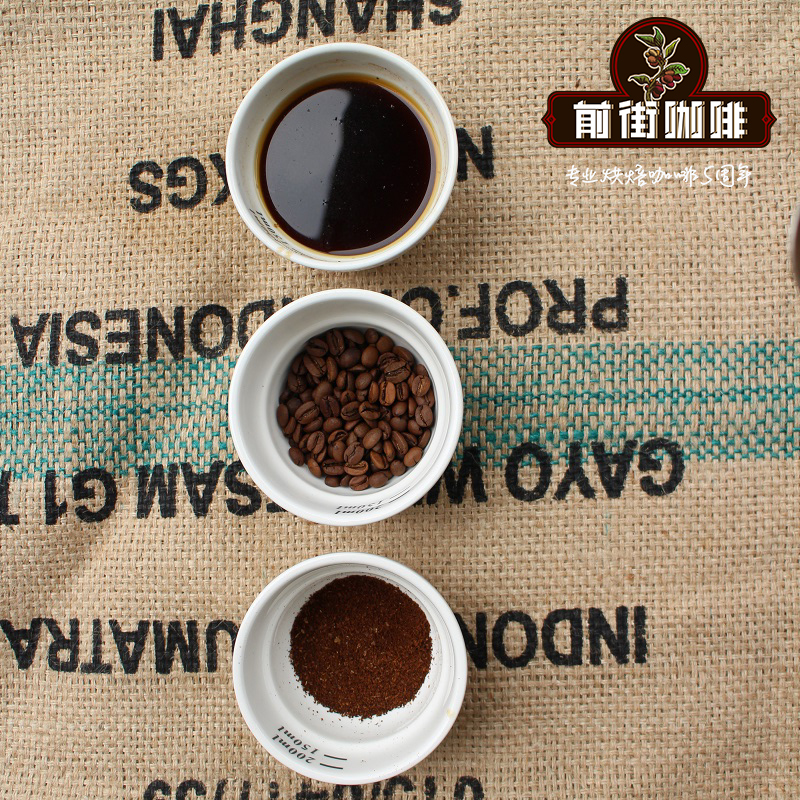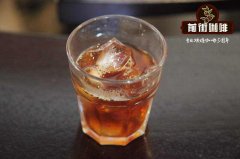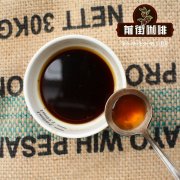Papua New Guinea png Coffee Brand Papua New Guinea Coffee producing area

Professional coffee knowledge exchange more coffee bean information please follow the coffee workshop (Wechat official account cafe_style)
There are many countries in the world that have not attracted our attention, and Papua New Nevia is one of them.
Papua New Guinea is located in the eastern half of the island of Nineya in the southwest Pacific Ocean. It is a former British colony (now a member of the Commonwealth) and borders Indonesia's Irian Jaya province to the west. Papua New Guinea has more than 600 islands with a population of more than 600 and speaks nearly 800 different languages.
An island country of southwest Oceania in the Pacific Ocean. It is located in the eastern half of New Guinea Island, bordered by Papua Province in India to the west, and faces Australia and the Solomon Islands in the south and east, respectively.
Papua New Guinea is an equatorial rainy climate zone with a large amount of rainfall while the climate is hot, forming tropical rain forests. Because Papua New Guinea is dominated by tropical rain forests, it is also quite rich in biology. Plants are mainly open-leaved trees tens of meters high, while animals are mainly birds and primates.
About 75 per cent of coffee products in Papua New Guinea come from small farms, many of which are reclaimed in forests or deep in forests, almost isolated from the world, and the country's highlands at 1300-1800 metres above sea level are of high quality. Most of the coffee growing here depends on natural conditions, and most of the country's coffee is grown organically because of the high cost of transporting fertilizers and pesticides to the farm.
Located in tropical Papua New Guinea, the climate is humid and rainy, rich in coconuts and coffee. Forests and mineral resources are also rich. Rabur is the sixth largest town in the South Pacific island nation and an important shipping hub. Its rich coffee and other goods are exported from this port.
Papua New Guinea has a detached and primitive natural environment and a vast and fertile land. Its unique volcanic rock soil and abundant rainfall create excellent natural conditions for the growth of coffee. The top coffee beans in Papua New Guinea are as beautiful and precious as the country's national bird, the bird of paradise. As coffee is widely grown in the highlands of 1300-1800 meters above sea level, coffee beans are plump and varied in taste, with pleasant acidity and fruit-like sweetness.
PNG's coffee production is not very high, its coffee beans are carefully washed Arabica beans. Generally washed coffee beans are full of bright fruit aromas, but do not have a strong acidity. It is characterized by a silky soft taste and excellent aroma, moderate acidity, is a relatively rare high-alcohol and medium-acidity coffee variety.
The vast majority of PNG coffee is organic coffee, but it is not intentional by the local people. it is really because of inconvenient transportation and economic hardship, the average coffee farmer is determined to buy or afford chemical fertilizer. Babu's coffee has a lively flavor, with bright sour and fruity aromas. Unlike the dreary taste of Asian beans, Babu has the meaning of African beans. As a result, although it is not a famous show, it is cleverly likable. It comes from the high mountains on the island, and there are birds of paradise singing on the coffee tree.
Important Notice :
前街咖啡 FrontStreet Coffee has moved to new addredd:
FrontStreet Coffee Address: 315,Donghua East Road,GuangZhou
Tel:020 38364473
- Prev

Coffee beans from Kimmel Estate, Papua New Guinea Flavors, Characteristics
Professional coffee knowledge exchange More coffee bean information Please pay attention to coffee workshop (Weixin Official Accounts cafe_style) Papua New Guinea coffee is unique on New Guinea Island, different from Indonesia, a neighboring country. Volcanic soil, rich rainforest environment, its bright, sour, fruity smell similar to Central and South American flavor. Small farmers can grow about 20 trees
- Next

Kenyan Coffee how about Kenyan Coffee Fine Coffee
Professional coffee knowledge exchange more coffee bean information please follow coffee workshop (Wechat official account cafe_style) Kenya KENYA located in East Africa "Kenya" is one of the major coffee producing countries, the country's population of more than 6 million people are engaged in the coffee industry, mostly in the form of a combination of small farmers, wet processing plants and cooperatives. Kenyan coffee is mainly treated by washing, and coffee trees are mostly planted in
Related
- Does Rose Summer choose Blue, Green or Red? Detailed explanation of Rose Summer Coffee plots and Classification in Panamanian Jade Manor
- What is the difference between the origin, producing area, processing plant, cooperative and manor of coffee beans?
- How fine does the espresso powder fit? how to grind the espresso?
- Sca coffee roasting degree color card coffee roasting degree 8 roasting color values what do you mean?
- The practice of lattes: how to make lattes at home
- Introduction to Indonesian Fine Coffee beans-- Java Coffee producing area of Indonesian Arabica Coffee
- How much will the flavor of light and medium roasted rose summer be expressed? What baking level is rose summer suitable for?
- Introduction to the characteristics of washing, sun-drying or wet-planing coffee commonly used in Mantenin, Indonesia
- Price characteristics of Arabica Coffee Bean Starbucks introduction to Manning Coffee Bean Taste producing area Variety Manor
- What is the authentic Yega flavor? What are the flavor characteristics of the really excellent Yejasuffi coffee beans?

